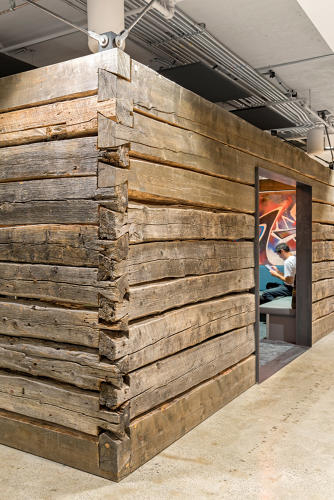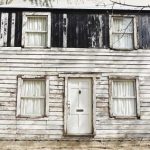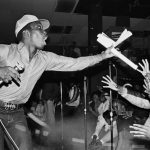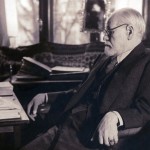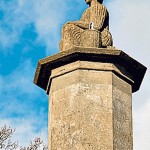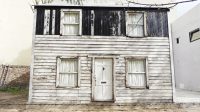How Twitter introduced 19th-Century Log Cabins To Downtown San Francisco
Architect Olle Lundberg rebuilt two cabins from the Montana frontier inside the tech company’s San Francisco offices.
February 2, 2015
When Twitter used to be constructing a 2d dining room for its Market sq. headquarters in San Francisco, architect Olle Lundberg was once tasked with with making the possibly awkward house feel at ease.
where its main cafeteria is located in a grand double-peak room with an adjoining rooftop terrace, the one available area for a 2d cafeteria was a protracted, claustrophobic interior room that stretched throughout almost 7,000 square toes, stunted by means of 10-foot-tall ceilings.
“regardless of how you embellished it, the square is simply long. The ceiling’s too low,” Lundberg says. “It’s at all times going to feel like something’s no longer rather right.”

His answer: wreck up the distance by dividing it into a couple of rooms. to do so, the Lundberg Design primary turned to Craigslist, and a pair of log cabins in-built Montana within the nineteenth century.
Lundberg obtained in touch with Karl Beckmann, an engineer who was once advertising dismantled log cabins on Craigslist a 12 months or two prior. Beckmann tracked down two 400-square-foot log cabins from the 1870s that had been about to be demolished, had them dismantled, cataloged, and shipped from Montana to the Bay area. From there, Lundberg and his group reassembled them (minus the roof) in an empty lot to experiment with how they might appear within the constructing.
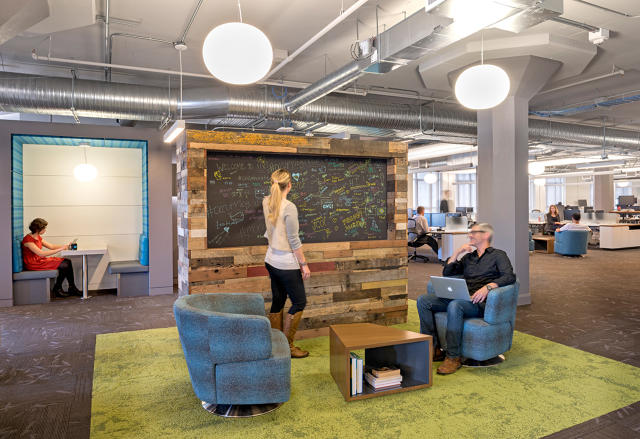
“The attention-grabbing thing a couple of log cabin is that they’re put collectively as these modules,” in line with Lundberg. “They’re quite easy to take aside—you simply reverse the process. They’re simply held collectively by using their own weight.”
the next move—getting the 20-foot-lengthy logs up to the sixth flooring of Twitter’s urban headquarters—used to be no longer really easy. “the exterior used to be all accomplished so we didn’t have the strategy to crane them in,” Lundberg explains. The logs match within the constructing’s freight elevator, however barely. “They had to go diagonally in, from one backside nook to the other prime nook, three logs at a time,” Lundberg describes. To conform to native constructing codes, the logs had to be fumigated, fireplace-treated, and bolted to the ceiling and ground with steel braces (per earthquake security rules).
The cabins stability out the low ceilings with the aid of visually breaking up the size of the room. they’re lit from above with spotlights designed to magnify the feel of the rough-hewn timber, which still bears the axe marks of the craftsmen who constructed the cabins greater than a century in the past. inside, the cabins offer a sense of privateness and seating for small conferences or gatherings.
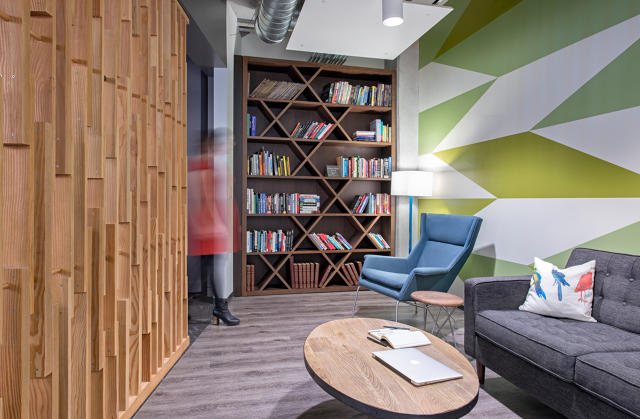
Their tough wooden aesthetic matches in with the remainder of the administrative center, which features refurbished components like a reception desk comprised of Douglas fir scraps salvaged from an old bowling alley. In his early discussions with the corporate, again when it simplest boasted 40 staff, Lundberg discovered a company affinity for a wooded area-like visible id.
“they had this sort of visceral connection to nature and to the wooded area,” Lundberg says, a connection that tied back to Twitter’s chook brand. So the patterned carpet on the floor of the place of business is designed to evoke the look of a forest flooring, and light fixtures are constructed from branches. The vintage wooden cabins, Lundberg says, are a “nice exclamation level to the entire manner.
“so much of the constructing supplies we use as of late are computing device-made. The hands of the craftsman are no longer specifically seen,” he continues. “right here, you in point of fact can see each blow of the axe. You see a hundred and fifty years sitting out in Montana winters and summers. There’s a personality to that wood that you can’t replicate.”
(148)

